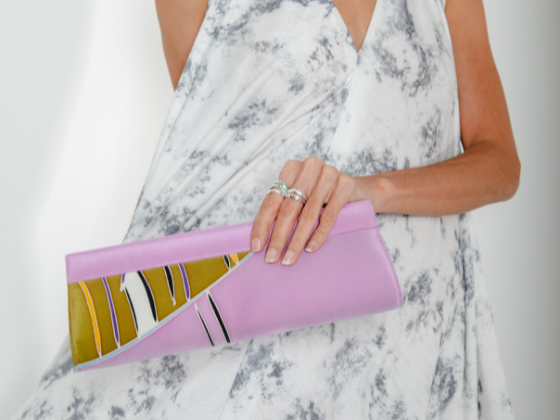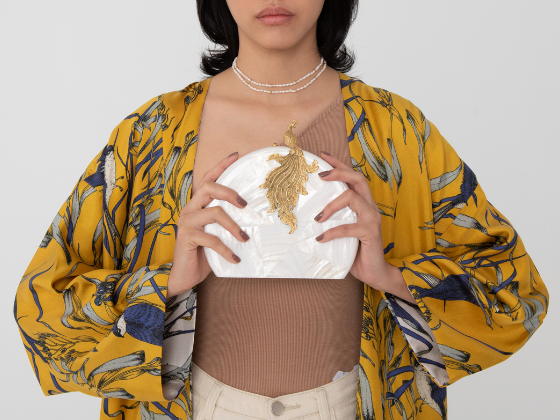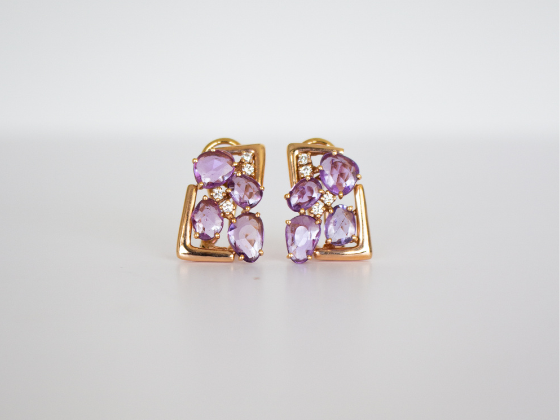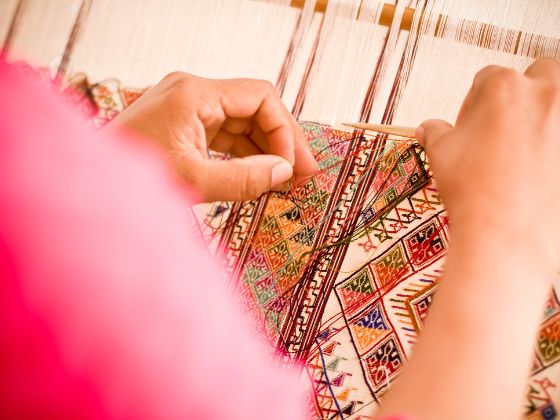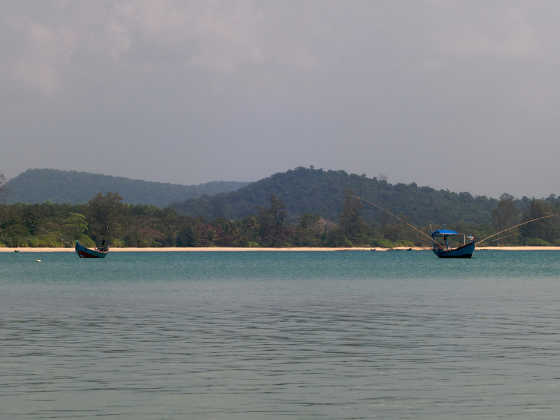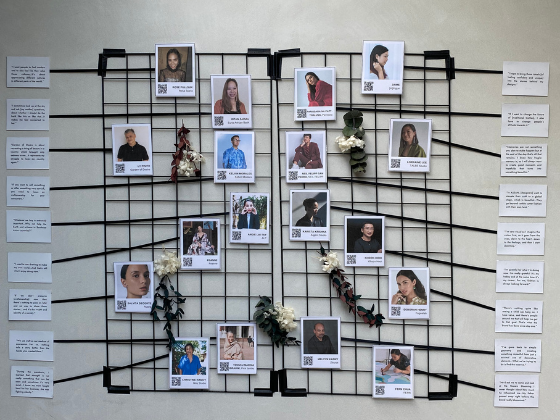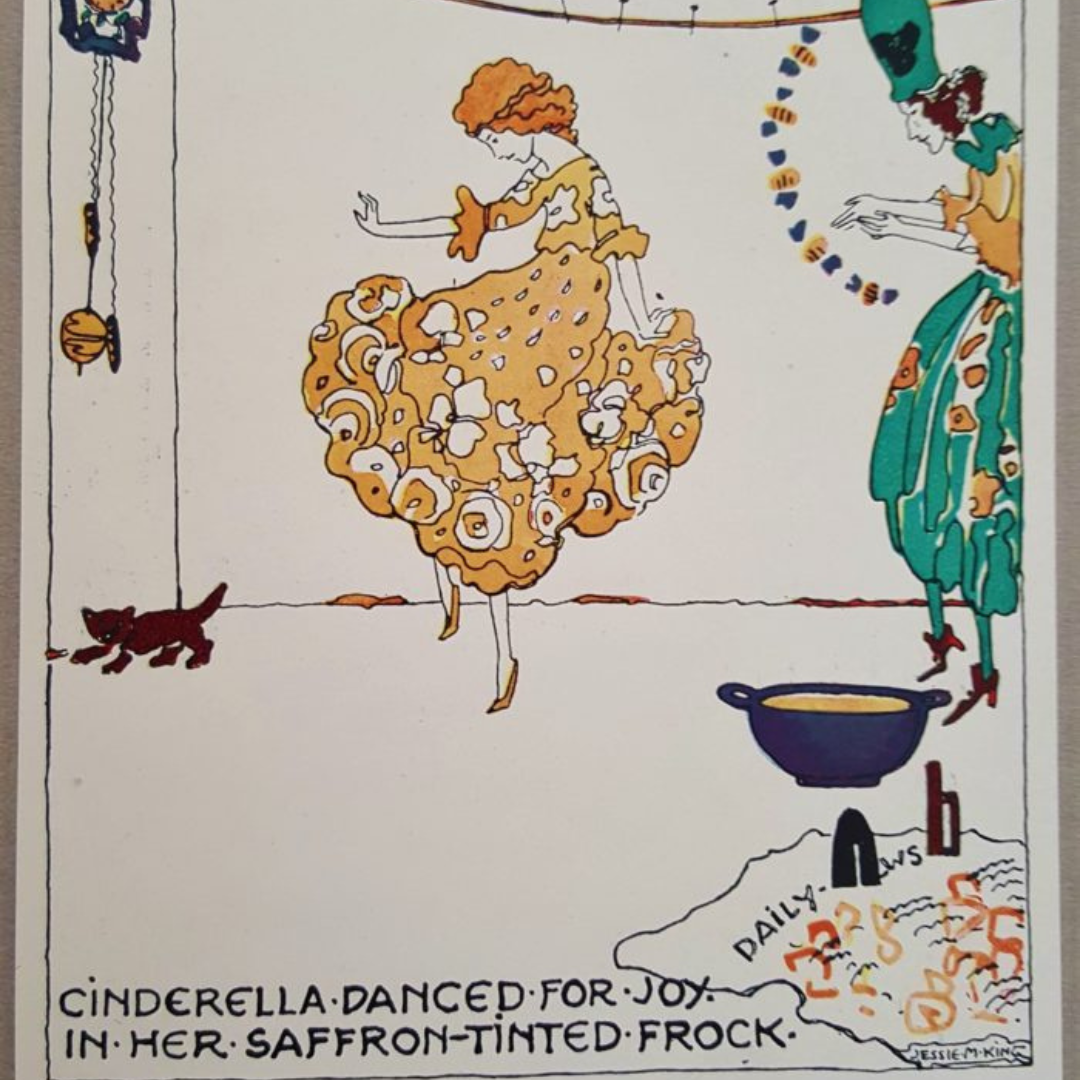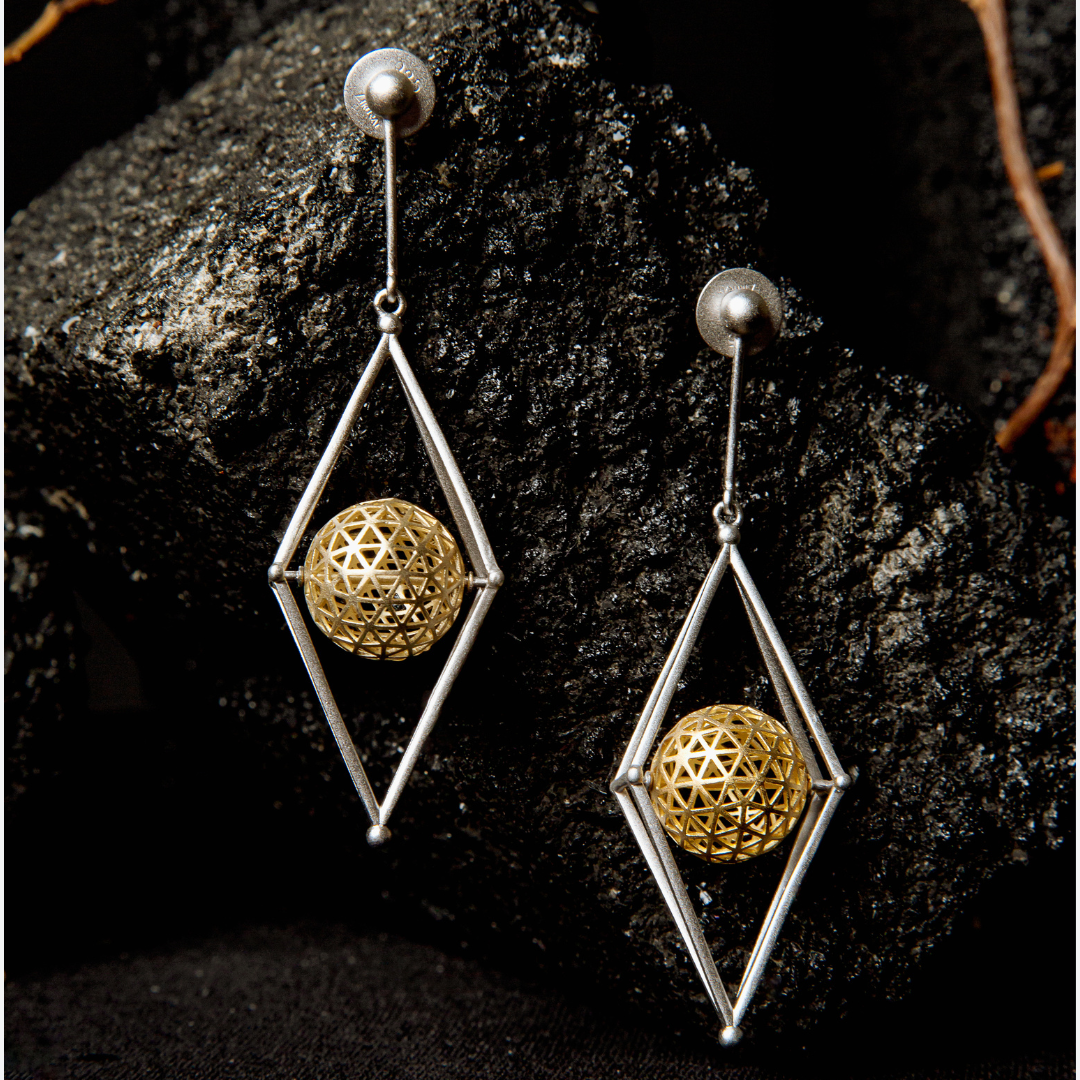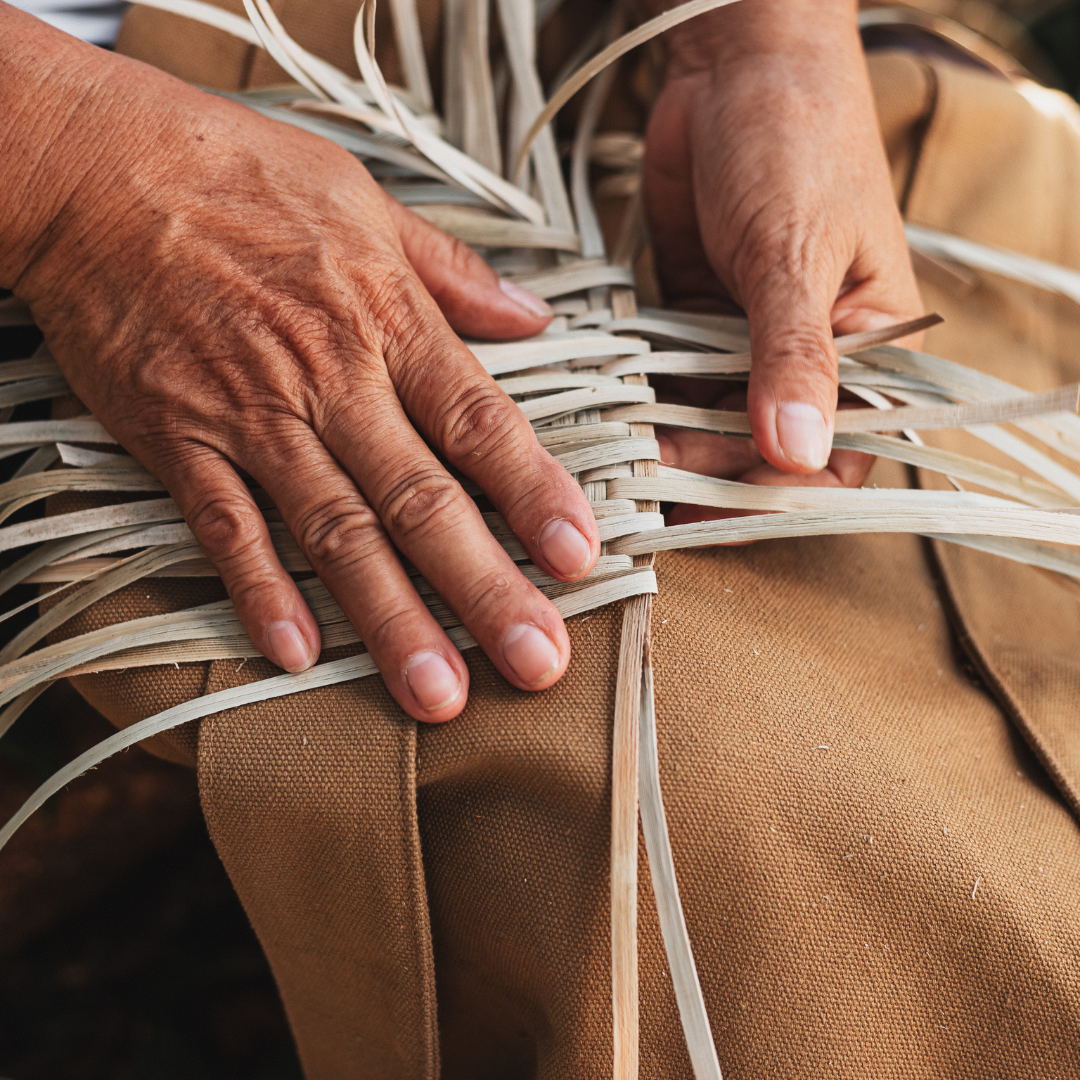By Kylie Francis updated on October 28th, 2021
For the eco-conscious consumer, batik clothing is the epitome of a slow fashion textile because it is inherently difficult to mass-produce. My favourite story about the batik production process was narrated by Scottish illustrator Jessie M. King (1875- 1949) in “How Cinderella Was Able to Go To The Ball”. Cinderella’s fairy godmother returns from Java to find Cinderella in distress. When Cinderella explains that she does not have a ball gown to wear for the annual Midsummer’s Eve dance, her fairy godmother sends Cinderella out to find some beeswax and onions. She uses the beeswax to draw patterns of flowers found in their garden on an old white silk frock, and then paints the frock using dye made from onion skin. In the end, Cinderella has a beautiful, saffron yellow, batik dress to wear to the ball.
The story describes the fundamental batik clothing design and dyeing process. But while Cinderella’s fairy godmother makes it seem simple, the craft is a demanding one that requires precision and patience.
The technique of making batik clothing
Batik designs are created by carefully applying wax to portions of the cloth to prevent dye penetration. Brands such as Pink Jambu make batik shawls and clutches using the traditional method of tulis (meaning “writing”) by hand-drawing patterns with a pencil first before redrawing them with hot wax using canting, a pen-like instrument consisting of a small copper reservoir with a spout on a wooden handle. This technique requires a high degree of skill and more sophisticated designs would demand repetitions of the same process. A complex, multicoloured sarong could take craftsmen weeks, months, or even a whole year to make. This makes batik clothing one of the best art forms of Asia, even being featured in an exhibition at the Cooper Hewitt Smithsonian Design Museum in New York in 1985 and designated as a Masterpiece of the Oral and Intangible Heritage of Humanity in 2009 by UNESCO.
The making of batik clothing today
Because making traditional Javanese batik clothing was very labour-intensive and therefore expensive to produce, European mills began to take on the work, automating the dyeing process to make the fabric more affordable. One such mill was Vlisco, a producer whose vibrantly coloured and intricately patterned fabrics dominate West African markets today and are used by brands such as Dries van Noten and Jean Paul Gaultier.
In response to Dutch colonial companies’ attempts to mechanically reproduce handmade Javanese batik cloth, textile merchants in Java looked for a way to speed up the time-consuming method of hand-drawing the design. Wooden block printing was adapted to batik with the invention of copper stamps (or tjaps as they are known) to apply hot wax.
After drawing out the wax designs, dye is applied to the cloth. Just as Cinderella's fairy godmother used onion skin to produce that saffron yellow hue, Javanese batik clothing was made from natural dyes. The most common colour was blue, produced from the leaves of the Indigo plant. Yellow and brown dye was created from the bark of the Soga tree, while a dark red colour was made from the leaves of the Morinda Citrifolia tree.
Today, contemporary batik brands such as Dona Plant Base still use natural dyes and organic materials. Meanwhile, designer brands such as FERN stay true to the ethos of sustainability from which batik was borne by utilizing all parts of the fabric when pattern-making and upcycling textile remnants to reduce waste.
Sustainable Batik clothing handpicked by Dia
Pua Crop Cotton Silk Kimono in Bronze & Aubergine, $80

Glam up your simple and minimalistic black tank top and black leggings combo with this bronze and aubergine silk kimono. Made with traditional hand-blocking techniques, this design is reminiscent of Malaysian rainforests. It is the ultimate jacket for dress-down days or casual Fridays in the office. Add a pair of earrings for a more sophisticated look.
Pua Crop Cotton Silk Kimono in Teal, $80

Glam up your simple and minimalistic black tank top and black leggings combo with this bronze and aubergine silk kimono. Made with traditional hand-blocking techniques, this design is reminiscent of Malaysian rainforests. It is the ultimate jacket for dress-down days or casual Fridays in the office. Add a pair of earrings for a more sophisticated look.
Stardust Crop Kaftan in Burgundy, $80

This dark burgundy batik top with specks of white, orange, and bright red form a kaleidoscope of colours that are visually appealing and a sight to behold for the senses. It works well with dark muted colours and earthy tones such as red, brown, or khaki. A pair of Cerak Knot Earrings will suit this batik piece very well.

This version of the Fari Dress was specially made for Dia, and features a combination of contrasting prints in two shades of green. With an adjustable waist, this wrap dress comes in a universally flattering midi silhouette. Wear it to lunch with friends or to the office underneath a luxurious shawl, along with a pair of pearl earrings for a classic, timeless look.
Save the earth in style by buying from Southeast Asian Batik brands with a huge emphasis on sustainable batik clothing.
ABOUT THE AUTHOR
Kylie is Dia’s co-founder based in New York City. Hailing from a family of journalists and writers, Kylie grew up with a passion for stories and a curiosity about the world. This has led her to travel extensively across the globe and she has lived in Malaysia, Zimbabwe and the United States. Kylie graduated with a Bachelor’s in Government from Harvard University and an MBA from The Wharton School, University of Pennsylvania.

